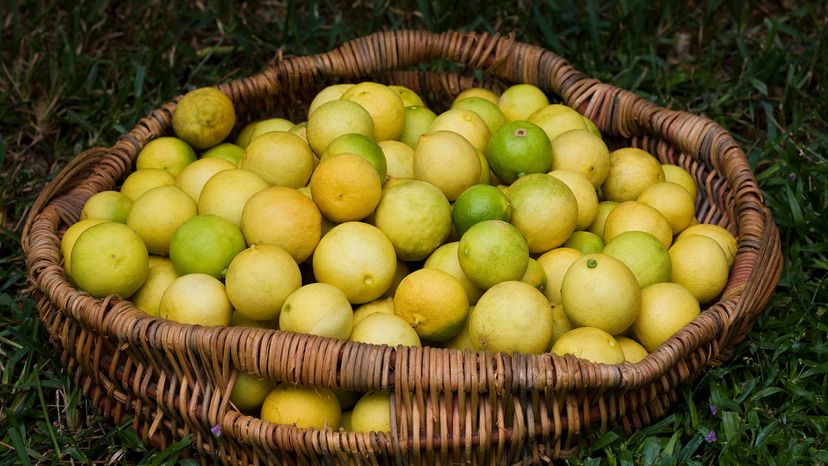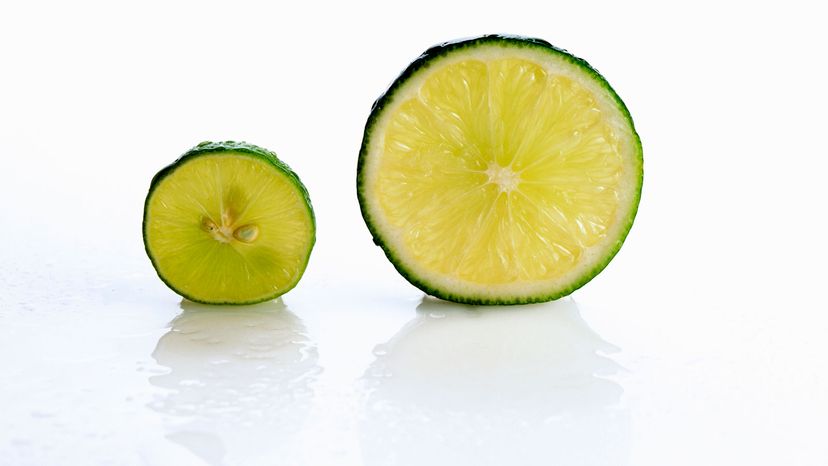
There are a few types of limes that we love to use in recipes but the Key lime may just be the most famous. Named for their association with the Florida Keys, an island chain in the southernmost portion of the state, the fruit traces its history to the 1500s when the Spanish brought the tree from its native Malaysia. By the early 1900s, the village now known as Miami was steadily growing Key limes in nearby groves.
Also known as West Indian or Mexican limes, these limes are smaller and rounder than the regular Persian limes, around the size of a golf ball, and turn shades of yellow when ripe. They also have small seeds and are known for their high levels of vitamin C and antioxidants (like all limes). Key limes have a higher pH than conventional limes, which gives them a lower acidity and a slightly less tart taste, according to Cook's Illustrated.
Advertisement
Other sources, like the Los Angeles Times say Key limes are actually more sour and acidic than Persian limes, making them the preferred type of lime for creating cocktails. Either way, you'll need twice as many Key limes as Persian limes to get the same amount of juice. In the Keys, this prized juice is incorporated into everything from hollandaise for eggs Benedict to margaritas to the iconic Key lime pie.

Despite the name, Key limes aren't actually produced in the Florida Keys or even in the United States anymore. A hurricane in 1926 wiped out many citrus groves in Florida, taking the Key limes with it. Farms replaced the Key limes with Persian limes, which could withstand disease better and were easier to transport and pick.
Since then, Key limes have mostly been sourced from Mexico and Peru, where they are still incredibly popular for dishes like ceviche. The growing season is typically from June to September, but they are usually available year-round.
If you find Key limes at an American grocery store, expect to pay more than you would for Persian limes. Once home, don't worry about refrigerating them but instead store them at room temperature. For most recipes, you can substitute Persian limes for Key limes, with little taste difference. But Cook's Illustrated warns you to stay away from the bottled Key lime juice; it tastes nothing like the real thing.
Advertisement

